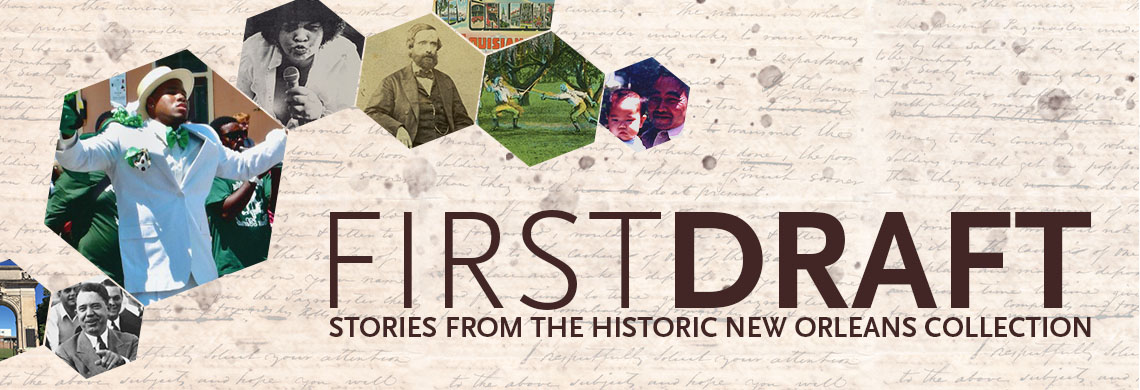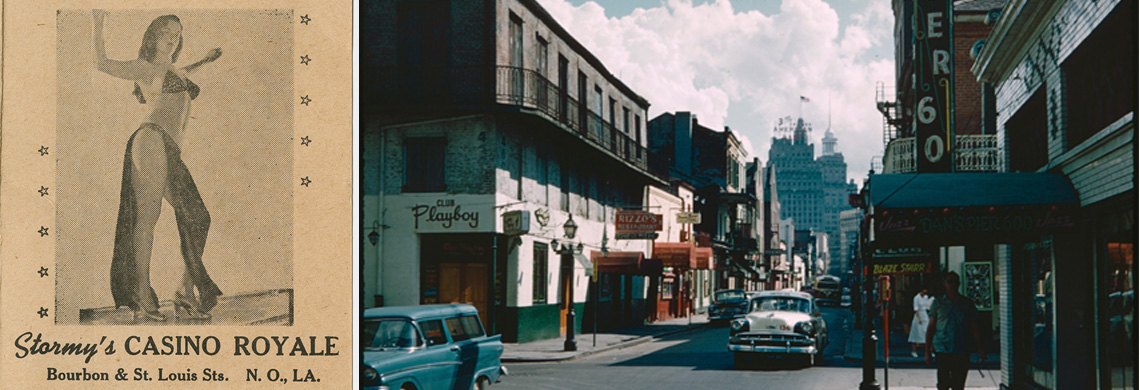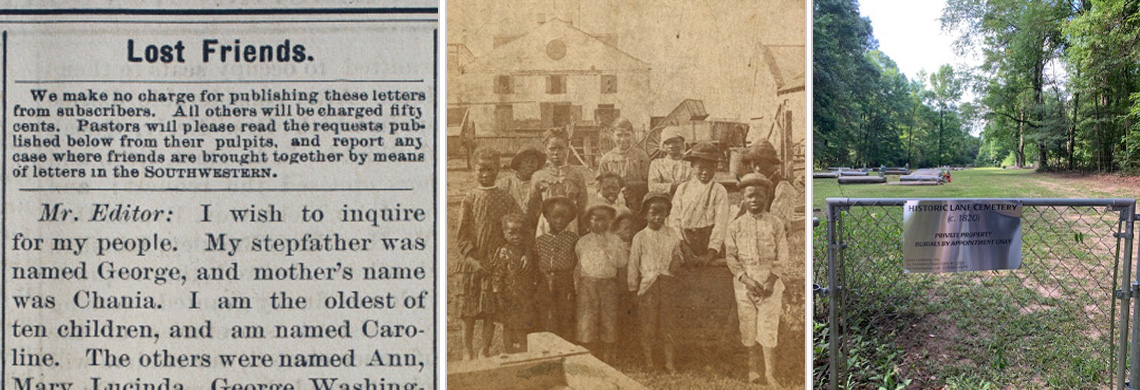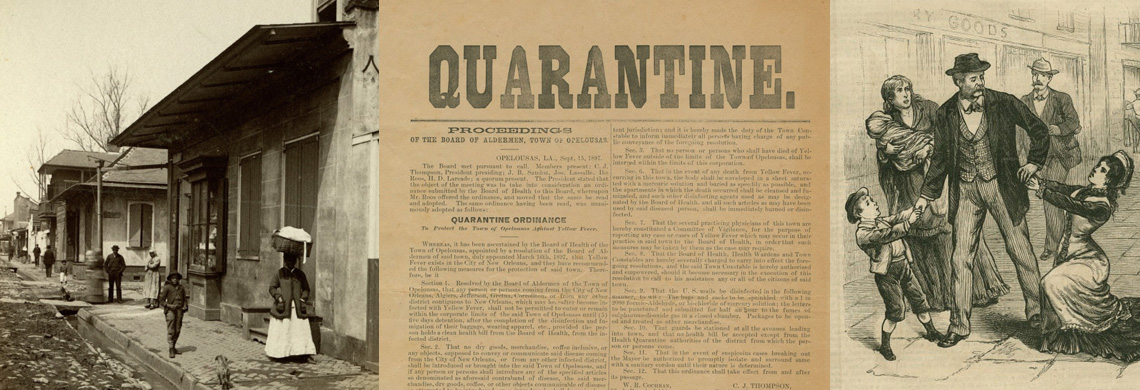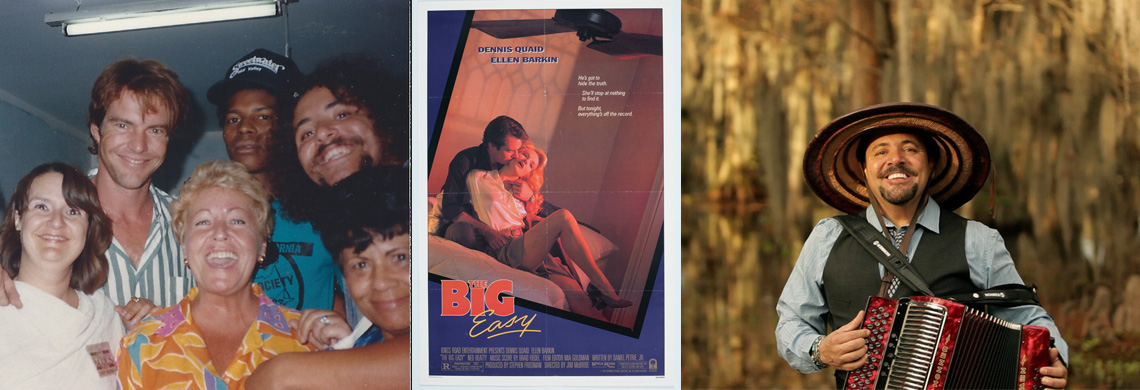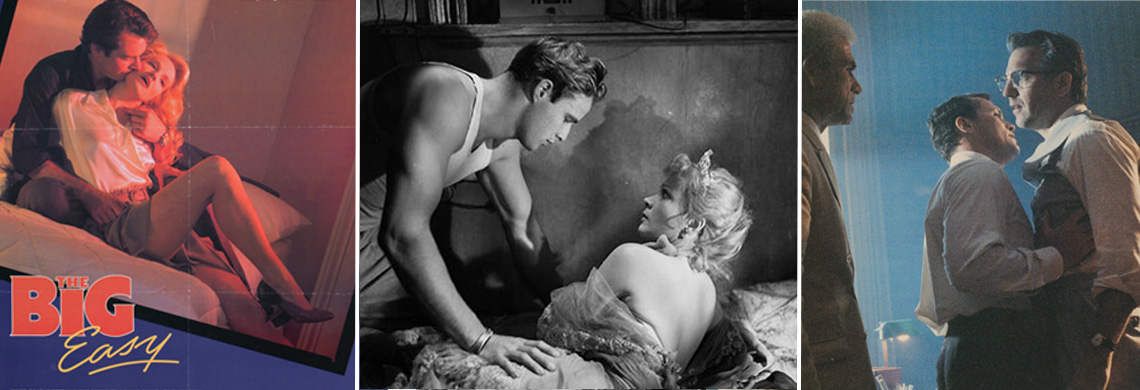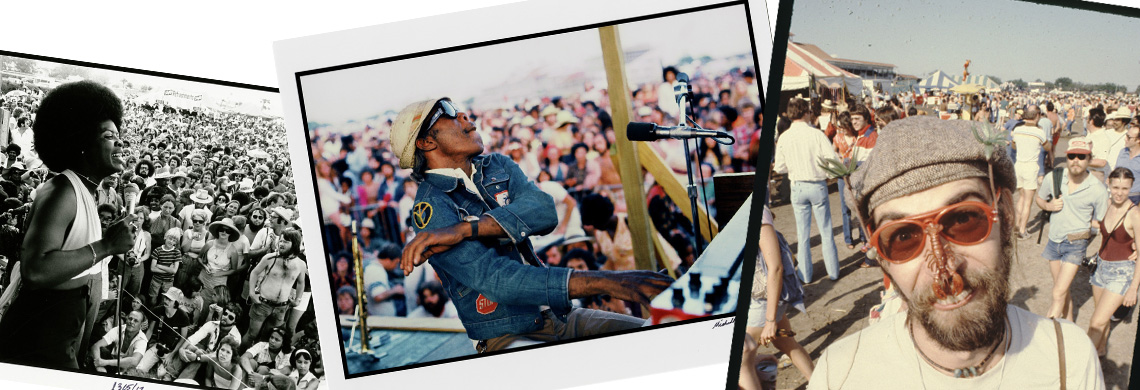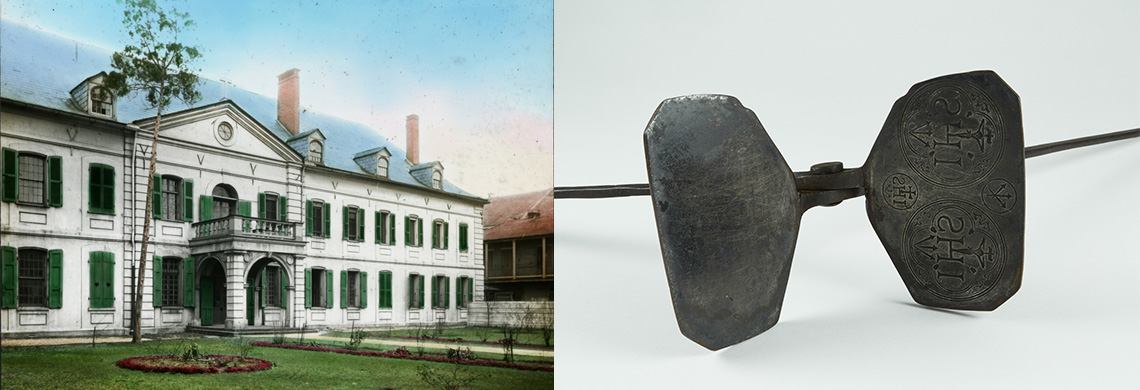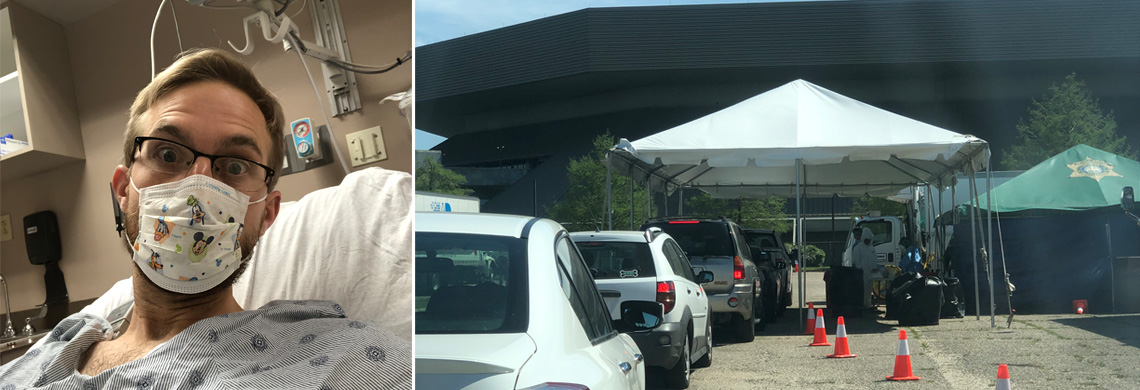Casino Royale became Stormy’s Casino Royale in 1948, named for (but not owned by) its star act, Stacy “Stormy” Lawrence. The club became known for featuring some of the most outlandish acts on Bourbon Street.
A new novel and a unique genealogical project are bringing fresh attention to the countless stories of separation and struggle all but forgotten in the tragedy of slavery.
The city's second-oldest neighborhood is full of history. All it takes is a walk along the levee to see it. Join THNOC Head of Photography Keely Merrit as she gives us a tour of her neighborhood.
Myra Clark Gaines was at the center of a 57-year estate battle involving hidden paternity, a destroyed will, and a multimillion-dollar fortune.
In the years after the Civil War, New Orleans was one of the largest, smelliest, and deadliest cities in the United States. The lack of a proper drainage system exacerbated health concerns that arose from yellow fever epidemics.
Terrance Simien recalls the production of The Big Easy and the Louisiana cultural scene of the 1980s.
We talked to a locally based dialect coach about those infamous accents in The Big Easy. She gave us insight into Hollywood's portrayal of Louisiana.
Reliving the sights, sounds—and even smells—of the Fairgrounds through images of Jazz Fests past.
This 18th-century tool is an ancestor of the waffle iron, but it tells a much wider story—of religion, foodways, and female enterprise.
Our staff members are often the ones studying major historic events, but sometimes we live through them. This is the story of our Associate Editor Nick Weldon who came down with COVID-19 at the height of the global pandemic.

